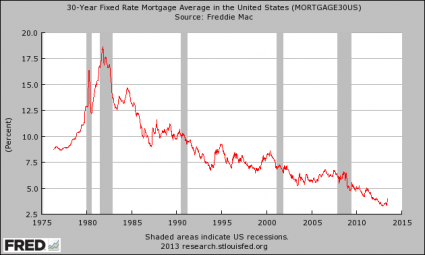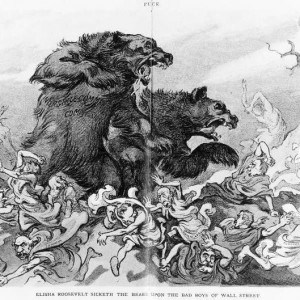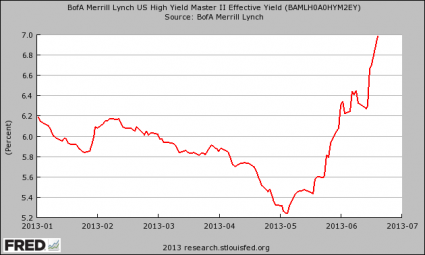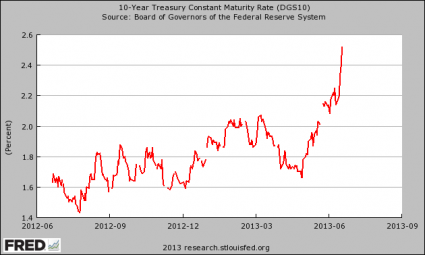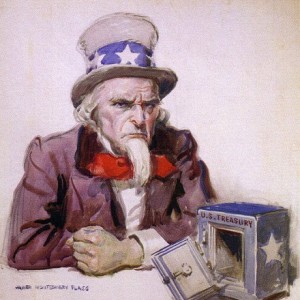 Were you under the impression that your credit card transactions are private? If so, I am sorry to burst your bubble. As you will see below, there are actually multiple government agencies that are gathering and storing records of your credit card transactions. And in turn, those government agencies share that information with other government agencies that want it. So if you are making a purchase that you don’t want anyone to know about, don’t use a credit card. This is one of the reasons why the government hates cash so much. It is just so hard to track. In this day and age, the federal government seems to be absolutely obsessed with gathering as much information about all of us as it possibly can. But there is one big problem. What they are doing directly violates the U.S. Constitution. For those that are not familiar with it, the following is what the Fourth Amendment actually says: “The right of the people to be secure in their persons, houses, papers, and effects, against unreasonable searches and seizures, shall not be violated, and no Warrants shall issue, but upon probable cause, supported by Oath or affirmation, and particularly describing the place to be searched, and the persons or things to be seized.” Unfortunately, the Fourth Amendment is essentially dead at this point. The federal government is investigating all of us and gathering information on all of us all day, every day without end.
Were you under the impression that your credit card transactions are private? If so, I am sorry to burst your bubble. As you will see below, there are actually multiple government agencies that are gathering and storing records of your credit card transactions. And in turn, those government agencies share that information with other government agencies that want it. So if you are making a purchase that you don’t want anyone to know about, don’t use a credit card. This is one of the reasons why the government hates cash so much. It is just so hard to track. In this day and age, the federal government seems to be absolutely obsessed with gathering as much information about all of us as it possibly can. But there is one big problem. What they are doing directly violates the U.S. Constitution. For those that are not familiar with it, the following is what the Fourth Amendment actually says: “The right of the people to be secure in their persons, houses, papers, and effects, against unreasonable searches and seizures, shall not be violated, and no Warrants shall issue, but upon probable cause, supported by Oath or affirmation, and particularly describing the place to be searched, and the persons or things to be seized.” Unfortunately, the Fourth Amendment is essentially dead at this point. The federal government is investigating all of us and gathering information on all of us all day, every day without end.
Many Americans have never even heard of the Consumer Financial Protection Bureau, but Judicial Watch has discovered that they are spending millions of dollars to collect and analyze our financial transactions…
Judicial Watch announced today that it has obtained records from the Consumer Financial Protection Bureau (CFPB) revealing that the agency has spent millions of dollars for the warrantless collection and analysis of Americans’ financial transactions. The documents also reveal that CFPB contractors may be required to share the information with “additional government entities.”
Judicial Watch was able to obtain some absolutely shocking documents thanks to a Freedom of Information Act request that it filed in April. The following is a summary of some of the things those documents show…
- Overlapping contracts with multiple credit reporting agencies and accounting firms to gather, store, and share credit card data as shown in the task list of a contract with Argus Information & Advisory Services LLC worth $2.9 million
- An “indefinite delivery, indefinite quantity” contract with Experian worth up to $8,426,650 to track daily consumer habits of select individuals without their awareness or consent
- $4,951,333 for software and instruction paid to Deloitte Consulting LLP
- A provision stipulating that “The contractor recognizes that, in performing this requirement, the Contractor may obtain access to non-public, confidential information, Personally Identifiable Information (PII), or proprietary information.”
- A stipulation that “The Contractor may be required to share credit card data collected from the Banks with additional government entities as directed by the Contracting Officer’s Representative (COR).”
How do you feel about the fact that the government has contracts with “multiple credit reporting agencies and accounting firms to gather, store, and share credit card data”?
How do you feel about the fact that your credit card data and other “non-public, confidential information” may be shared with “additional government entities”?
Judicial Watch President Tom Fitton put it very well when he said that this “warrantless collection of the private financial information of millions of Americans is mind-blowing. Is there anything that this administration thinks it can’t do?”
But of course the Consumer Financial Protection Bureau is not the only one keeping records of your credit card transactions.
We have also recently learned that the NSA is doing it too. The following is from a recent Time Magazine article…
Networks are most likely giving the government “metadata.” That is, the credit card issuers could provide the NSA details such as an account or card number, where and when a purchase was made, and for how much. Even though the exact items purchased aren’t revealed, Brian Krebs, who blogs at KrebsOnSecurity.com, says “merchant category codes” in such data give clues about what was bought.
If the NSA is collecting data at the processor level, “at that point the transaction gets cleared and posts to an account, so, yes, you can track it down to a person,” Aufsesser says.
The NSA conceivably could — and probably would — be able get the names of individual account holders from banks issuing credit cards. ”I don’t see how you would anonymize it,” says Al Pascual, senior analyst for security, risk and fraud for Javelin Strategy & Research.
We are rapidly becoming a “Big Brother society” where the government tracks virtually every move that we make.
And don’t think that you can escape this by not using credit cards or by staying off of the Internet. The truth is that we are being tracked in hundreds of different ways.
For example, have you heard of automated license plate readers?
They are being installed on police vehicles all over the nation, and the amount of information that they are gathering on all of us is frightening.
A computer security consultant named Michael Katz-Lacabe asked the city of San Leandro, California for a record of every time that these license plate readers had scanned his vehicle, and what he discovered absolutely stunned him…
The paperback-size device, installed on the outside of police cars, can log thousands of license plates in an eight-hour patrol shift. Katz-Lacabe said it had photographed his two cars on 112 occasions, including one image from 2009 that shows him and his daughters stepping out of his Toyota Prius in their driveway.
That photograph, Katz-Lacabe said, made him “frightened and concerned about the magnitude of police surveillance and data collection.” The single patrol car in San Leandro equipped with a plate reader had logged his car once a week on average, photographing his license plate and documenting the time and location.
At a rapid pace, and mostly hidden from the public, police agencies throughout California have been collecting millions of records on drivers and feeding them to intelligence fusion centers operated by local, state and federal law enforcement.
Most Americans do not even know that these devices exist, but they have been “collecting millions of records” and feeding them into law enforcement databases all over the nation.
In San Diego alone, more than 36 million license plate scans have been fed into a regional database just since 2010…
In San Diego, 13 federal and local law enforcement agencies have compiled more than 36 million license-plate scans in a regional database since 2010 with the help of federal homeland security grants. The San Diego Association of Governments maintains the database. Like the Northern California database, the San Diego system retains the data for between one and two years.
“License-plate data is clearly identifiable to specific individuals,” said Lee Tien, a senior staff attorney at the Electronic Frontier Foundation. “This is like having your barcode tracked.”
Is this the kind of society that we want to become?
Do we really want the police to be taking millions of photographs of us?
Do we really want all of our financial transactions to be fed directly into federal databases?
Do we really want the government to track every phone call we make and every email we send?
As I wrote about recently, it has been documented that literally thousands of companies have been handing over customer data to the NSA.
Is this the kind of legacy that we want to leave for our children and our grandchildren?
Fortunately, it appears that at least some Americans are waking up to all of this.
According to a brand new Rasmussen survey, 56 percent of likely voters in the United States now believe that the federal government is a threat to individual rights…
A new Rasmussen Reports national telephone survey finds that 56% of Likely U.S. Voters now consider the federal government a threat to individual rights rather than a protector of those rights. That’s up 10 points from 46% in December.
While 54% of liberal voters consider the feds to be a protector of individual rights, 78% of conservatives and 49% of moderates see the government as a threat.
Overall, only 30% believe the feds today are a protector of individual rights. Fourteen percent (14%) are undecided. (To see survey question wording, click here.)
If the American people do not stand up and demand change, the people that are constantly violating our privacy are going to continue to do so.
Sadly, the vast majority of the politicians in both major political parties seem to think that there is nothing wrong with the status quo. So I wouldn’t expect any major changes in the short-term. But hopefully government surveillance will start to become such a major issue with the American people that the politicians will be forced to start addressing it.



